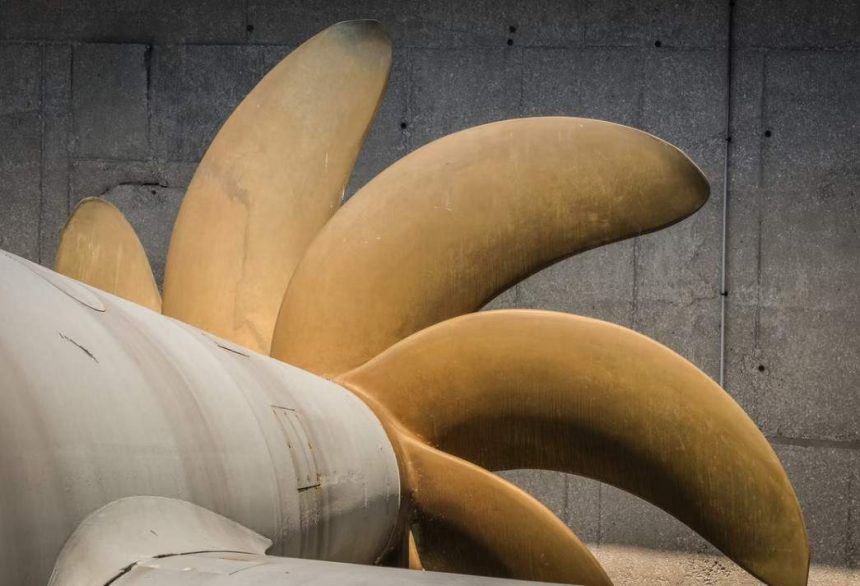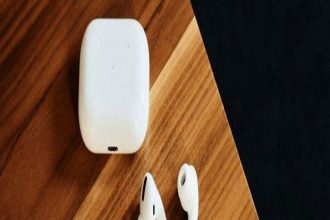Engines have been propelling people forward—on boats, planes, and even blimps—since the invention of the aptly named propellor in the mid-1800s. The propellor, also known as the prop, is the part that turns all that horsepower into forward motion.
If your ocean or lake-going vessel has an outboard engine, you’re likely very familiar with this essential piece of equipment. Of course, most engines come with a standard propeller, but if you’re building your own engine or upgrading an existing machine, you’ll need to know your propellor options.
Read on to learn how to choose the best propeller for your needs.
Propellor Size
All engines are manufactured with a recommended RPM range they run optimally within. Exceeding this range can shorten the lifespan of your machine, meaning you’ll need to repair or even replace it more often.
Getting the right size propeller is essential in ensuring the engine doesn’t over-rev. Propellor sizes are determined by two factors: diameter and pitch.
The diameter is measured as double the distance from the tip of a blade to the middle of the hub. Basically, it tells you the size of the circle the propellor “draws” in the water as it rotates. The pitch determines how fast a propellor can move your vessel through the water within one revolution.
Cupped or Not?
The second factor you need to consider is whether or not you want a standard cupped propellor blade or a more traditional non-cupped blade. The “cup” is essentially a scoop or hollow at the end of the blade that allows the machine to push the vessel through the water faster.
The result is:
- Reduced slippage
- Less ventilation
- Faster acceleration
- Higher top-end speed
Note that most of the best propellers made today feature a cupped blade.
Types of Propellers and Blades
The boat propeller as a whole unit is typically determined by the material it’s made from—usually stainless steel or aluminum. (Read more info here on propellor types.)
These units are then fitted with one of three main blade styles.
Weedless
Weedless propellors are designed for use in shallow rivers or lakes with excessive weeds. A weedless propellor blade sweeps backward dramatically, leaving less surface for weeds to catch on.
Cleaver or Trailing Edge
Clevers are wedge-shaped blades that feature a thin, sharp trailing edge. Boat propellers fitted with cleaver-style blades are used in boats that need their engines elevated for surfacing—where the blades come up out of the surface of the water.
Conventional
One of the most common blade types for leisure craft owners is the conventional blade. It’s rounded and only slightly skewed. Typically, you run this blade type fully submerged, though it can run surfaced with a light vessel.
Outboard Engine Propellors Explained
When replacing the propeller on an outboard engine, you need first to consider the size of the engine and whether you want cupped or uncupped blades. From there, you can dive into the different types of propeller designs, depending on what’s available or standard in your area and what your boating needs are.
For more advice for aquatic adventurers, be sure to browse the other articles on our website.















